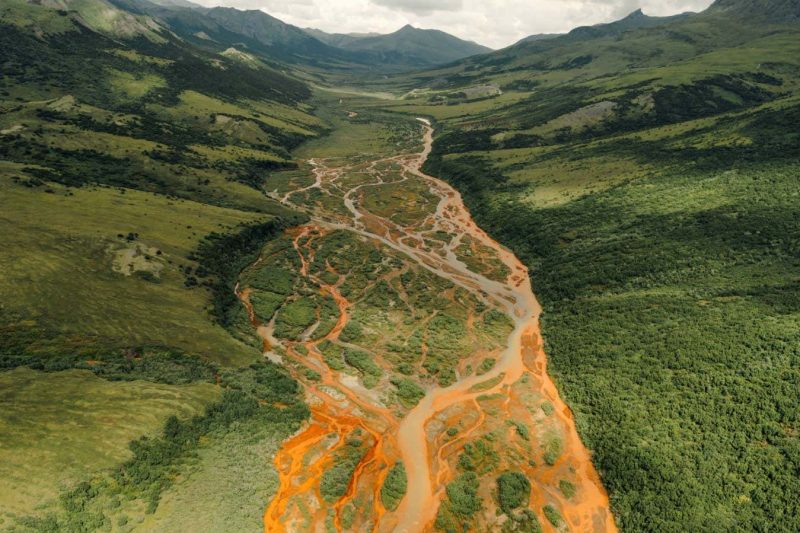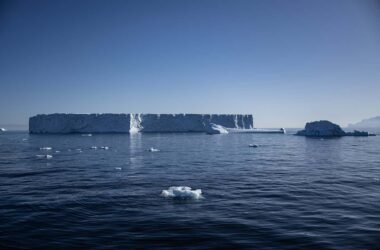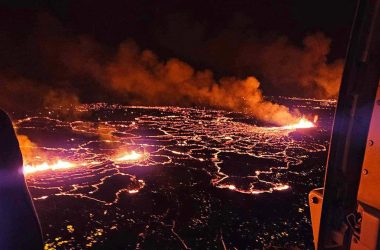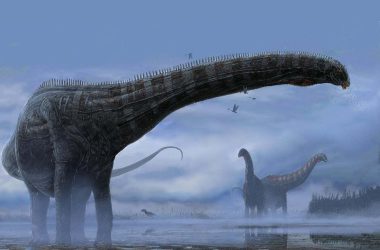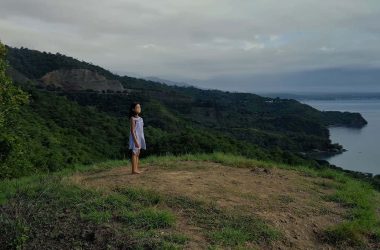this braided orange river bordered by lush inexperienced, you would mistake the scene for simply one other snapshot of a surprising river valley. However a more in-depth inspection reveals that every one will not be because it appears.
Photographer Taylor Roades travelled to the distant western Brooks Vary in north-west Alaska final 12 months to attract consideration to how international warming is popping these waters not simply rust-coloured, however into rust itself. The color is right down to oxidised iron, which, together with sulphuric acid, is shaped as sediments as soon as trapped within the frozen permafrost are launched because the ice melts. The chemical substances enter close by tributaries, making a concoction that’s poisonous for ecosystems and wildlife.
This photograph and the one under present how “essentially the most distant locations and ecosystems are being detrimentally affected” by human exercise, says Roades. The area, which is a whole bunch of kilometres from any settlement, has warmed by 2.4°C on common since 2006.
Roades’s photographs, titled Rust River, have gained the New Scientist Editors Award – one among 9 classes on this 12 months’s Earth Photo contest, which showcases images and movies that inform compelling tales about our planet. The profitable entries shall be on present on the Royal Geographical Society in London till 21 August.
Subjects:








